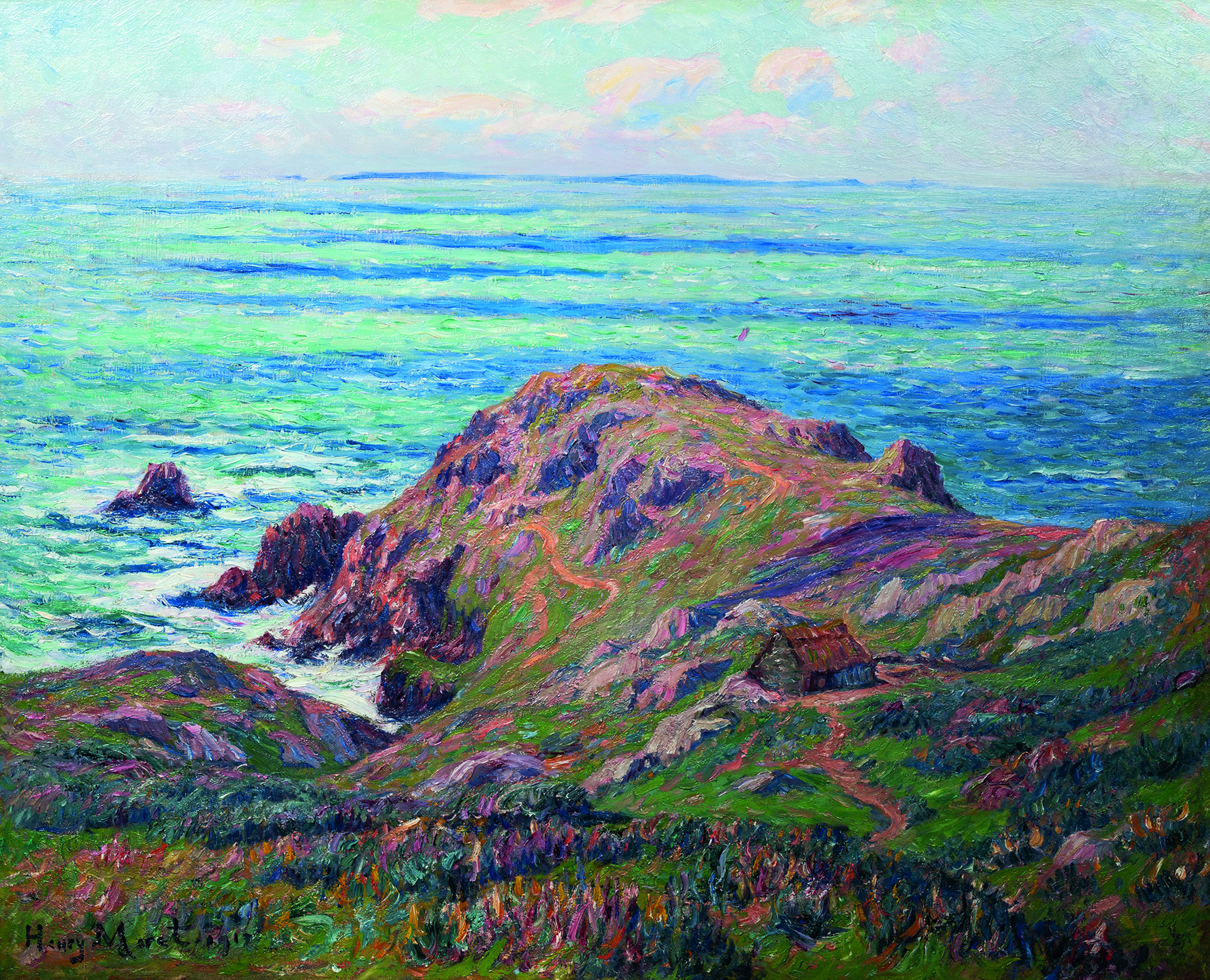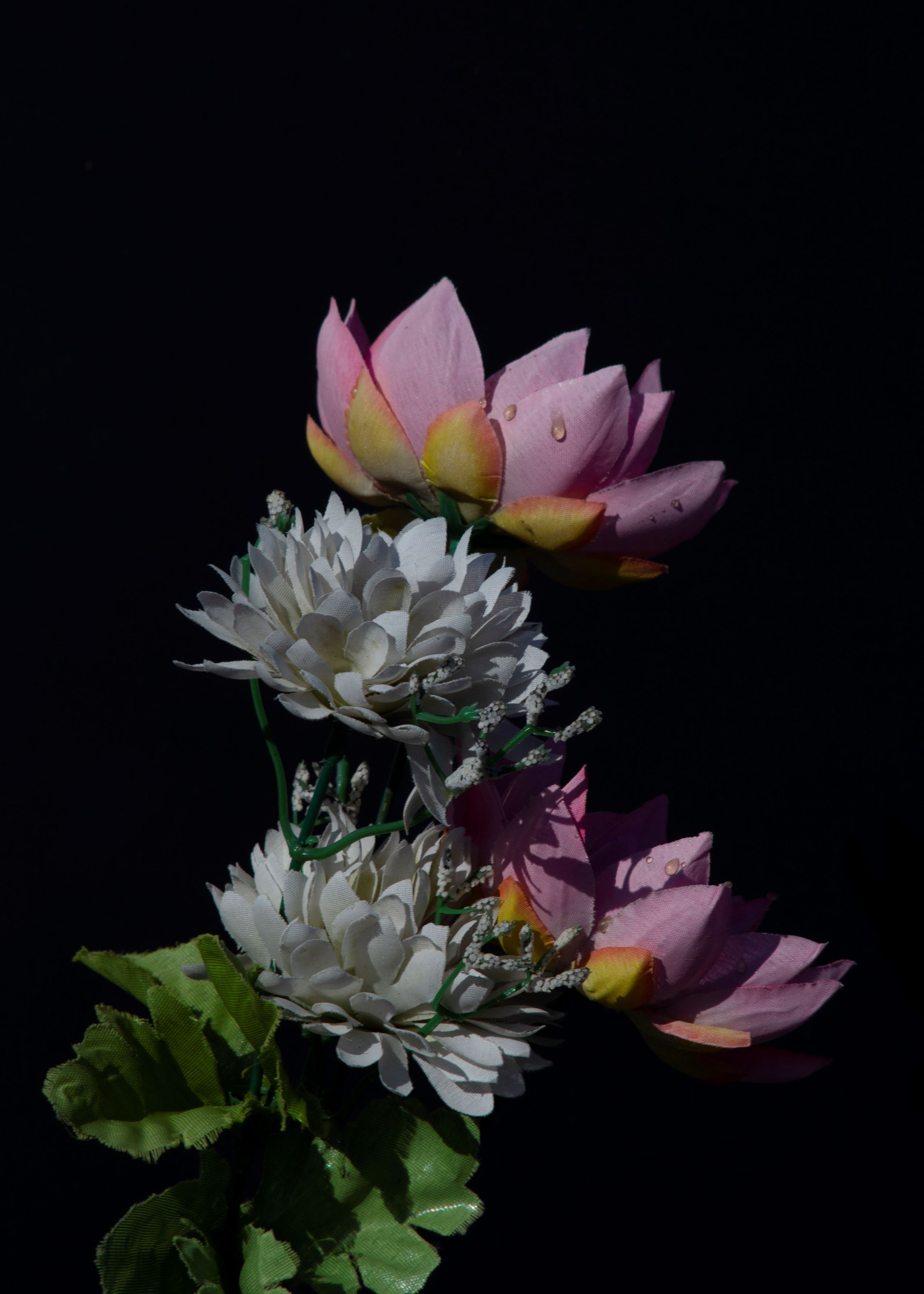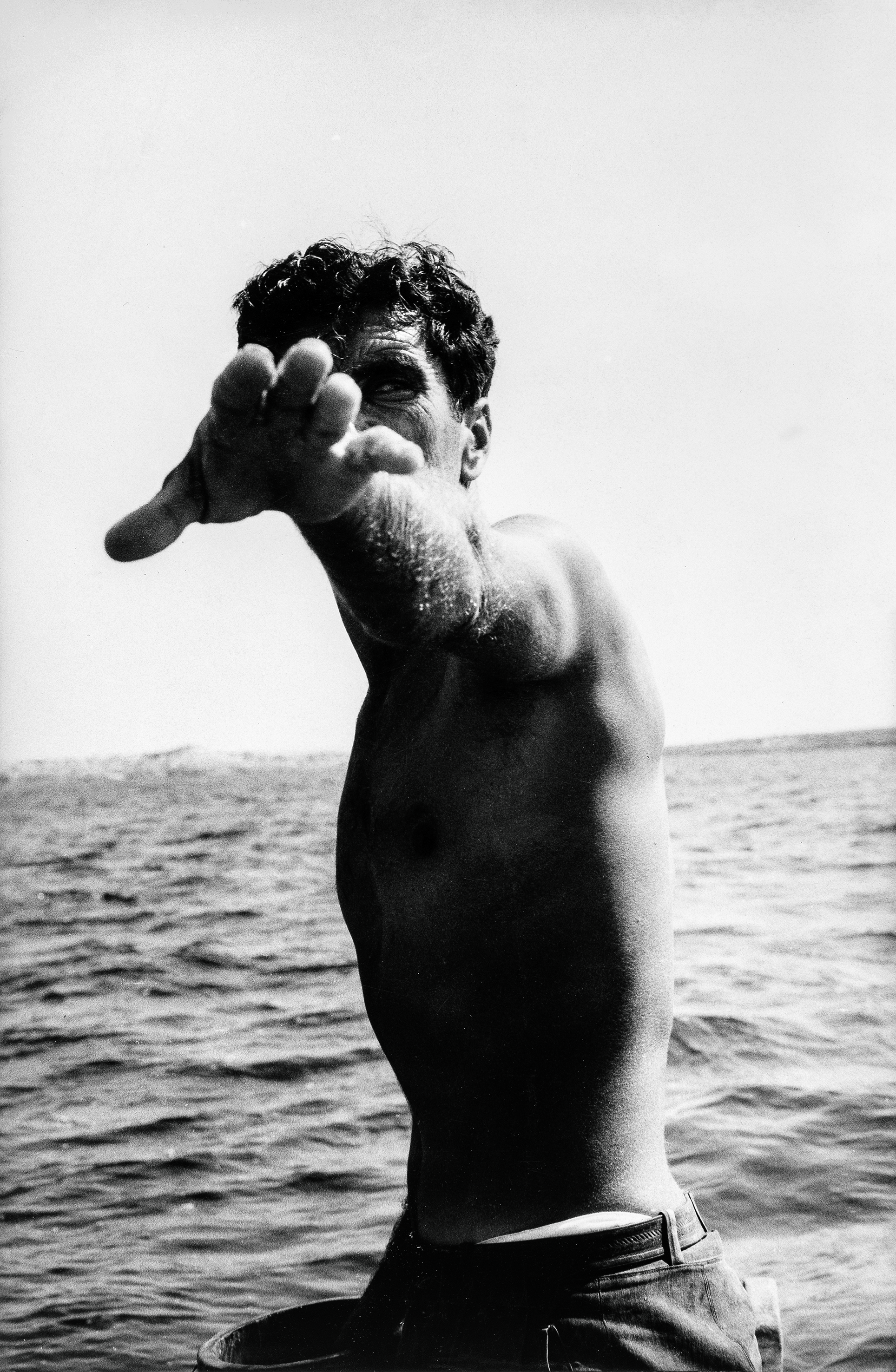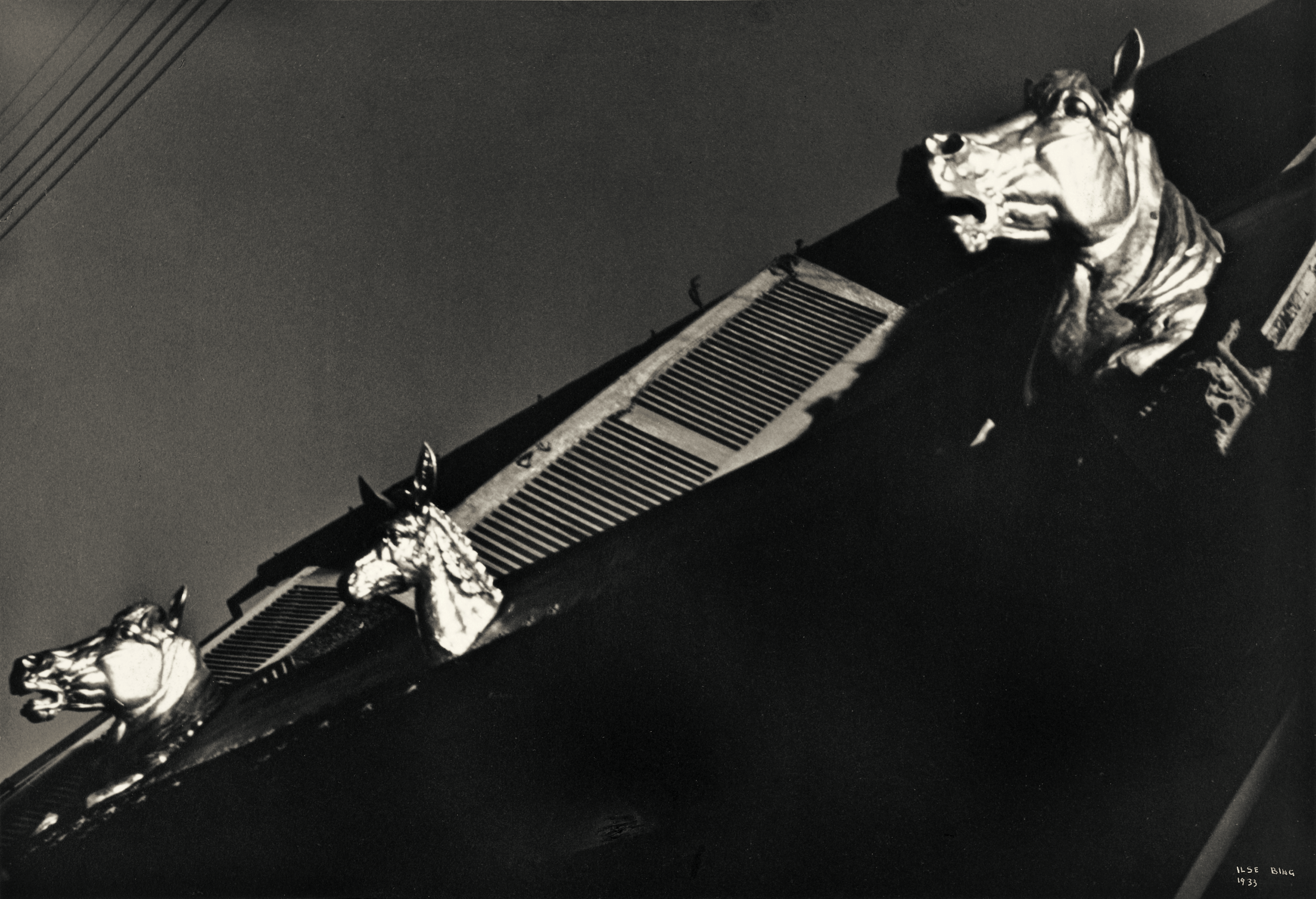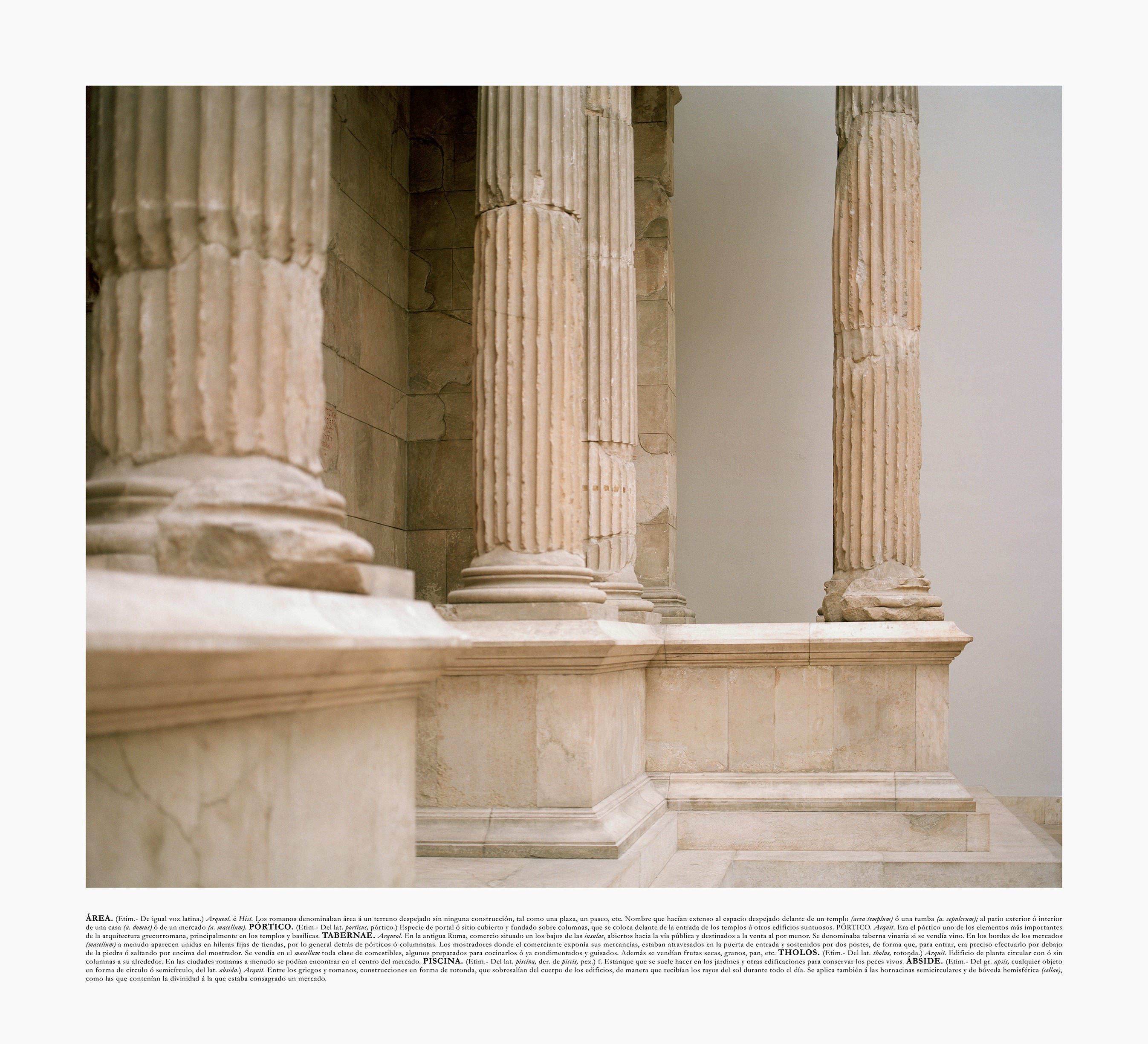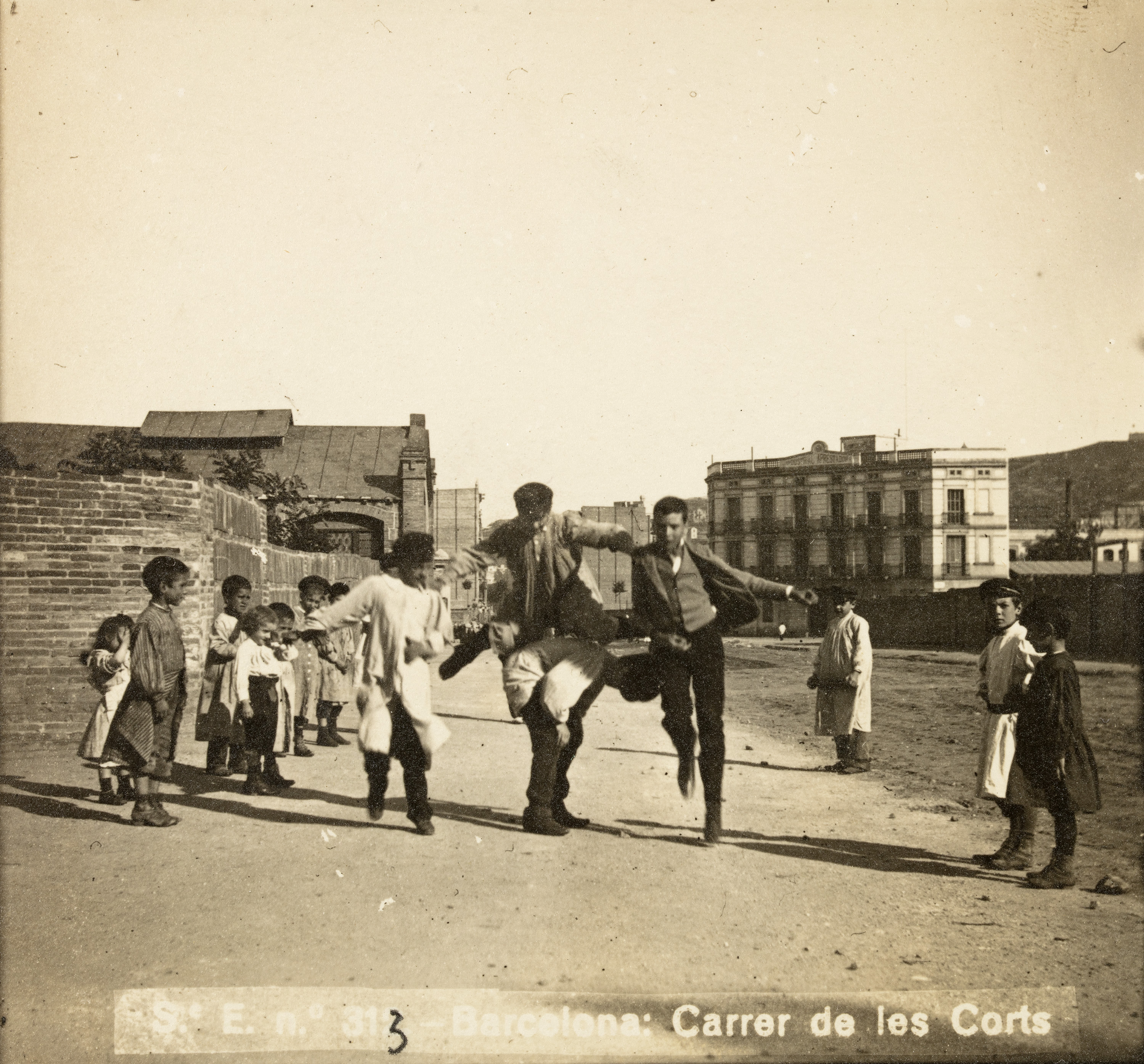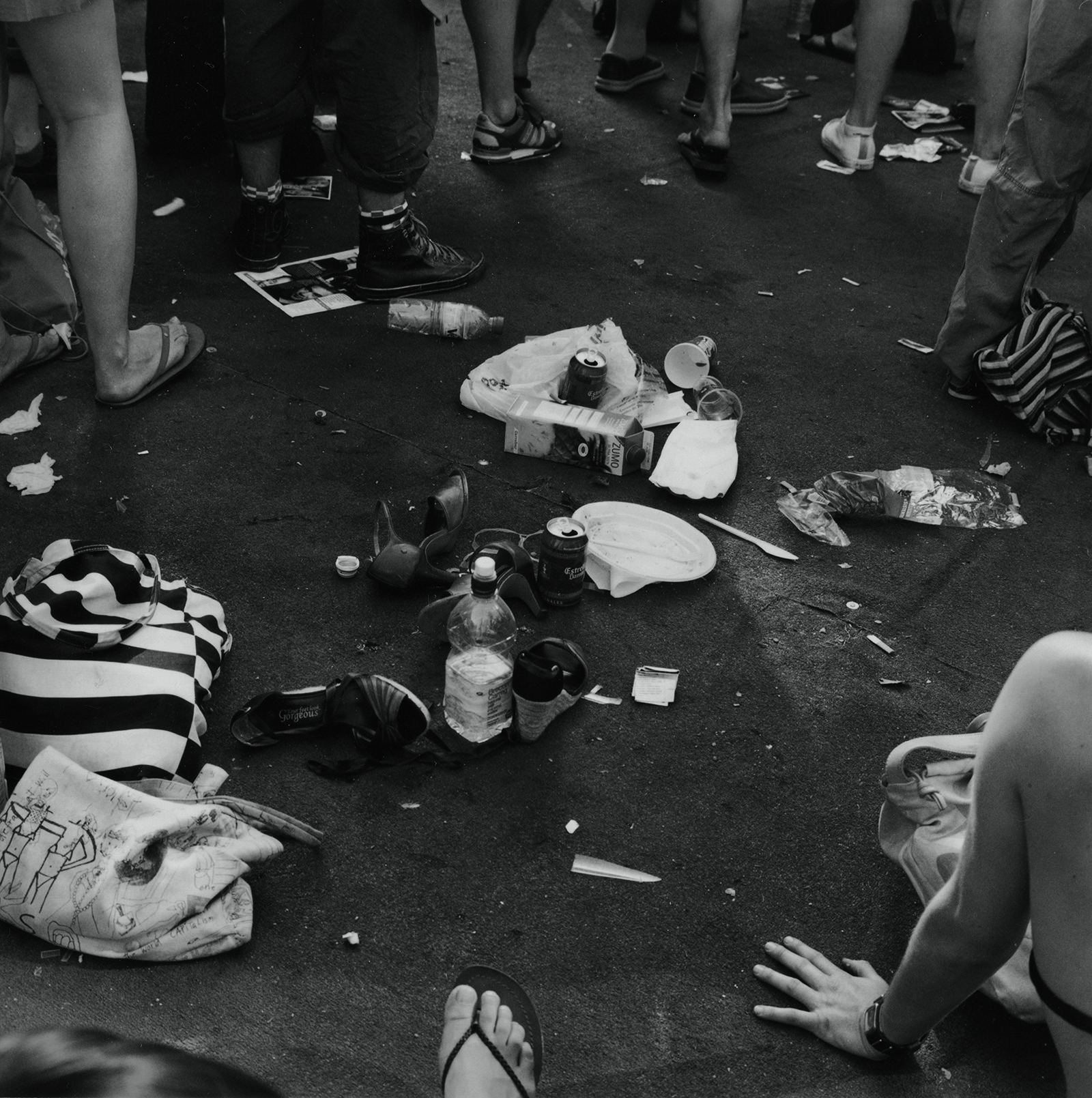September 19, 2024–January 5, 2025
Madrid 28004
Spain
The emergence of Impressionism in France from the second half of the 19th century, soon to be followed by Post-Impressionism at the turn of the century, substantially changed the rules of the art market. In the face of the prevailing academic art, which had defined official taste until that moment, both of these more artistically liberated trends made successive headway largely thanks to the new theories on light and colour which these artists set out to apply to their canvases for different purposes. From his Paris gallery on rue Laffitte, Paul Durand-Ruel (1831-1922), a gallerist, collector and one of the most important art dealers in the context of French culture, devoted much of his life to fostering and defending modern art. While the outset of his career he championed the landscape painters of the "Barbizon School", his fame largely rests on his unconditional support for and promotion of the Impressionist artists, including Claude Monet, Auguste Renoir and Camille Pissarro. In the last decade of the 19th century, by which time those painters had finally achieved public and critical recognition, Durand-Ruel began a new (and less well known) undertaking which would be continued by his children, supporting and disseminating the work of a new generation of painters: Henry Moret, Maxime Maufra, Gustave Loiseau, Georges d'Espagnat and Albert André.
The heirs to Impressionism, these painters were active in a dynamic context in which different innovative trends were opening up new directions, coexisting and establishing dialogues, and the rich complexity of this artistic climate undoubtedly had a liberating effect on all of them. Some were very close to Impressionism and the style of the Pont-Aven circle, for example the landscape and marine painters Moret, Maufra and Loiseau, whereas D'Espagnat and André favoured genre scenes, portraits and decorative painting close to that of the Nabis.
Paul Durand-Ruel and the Twilight of Impressionism firstly aims to introduce the general public to the remarkable art dealer and patron Paul Durand-Ruel. It also aspires to present the work of these artists, who were less famous than some of their contemporaries. This may be due to the fact that Durand-Ruel himself did not live long enough to ensure their success as he died in 1922, and also because the early avant-gardes were at the height of their powers at this period and the art of these five painters might have seemed less innovative.
The exhibition, which features more than sixty works, thus opens with an introduction to the figure of Paul Durand-Ruel and his innovative working methods (block purchases of artists' output, monthly payment of their income and support for them at auctions and through the organisation of individual and group exhibitions at his galleries), while casting light on his professional and personal relationships with the five artists in question. The exhibition continues with a section devoted to each of them, in which their individual careers are reassessed and their preferred themes highlighted: with Loiseau, the atmospheric effects on the banks of the Seine and its tributaries; with Maufra, his singularly powerful depictions of seascapes and cliffs; with Moret, compositions inspired by the simplicity of Breton life; with André, a type of decorative painting of Nabis inspiration; and with D'Espagnat, the intimacy and intensity of colour transmitted by his canvases.
Exhibition curated by Claire Durand-Ruel Snollaerts and organized by Fundación MAPFRE with the collaboration of ACPA: Advising. Curating. Producing. Art.
